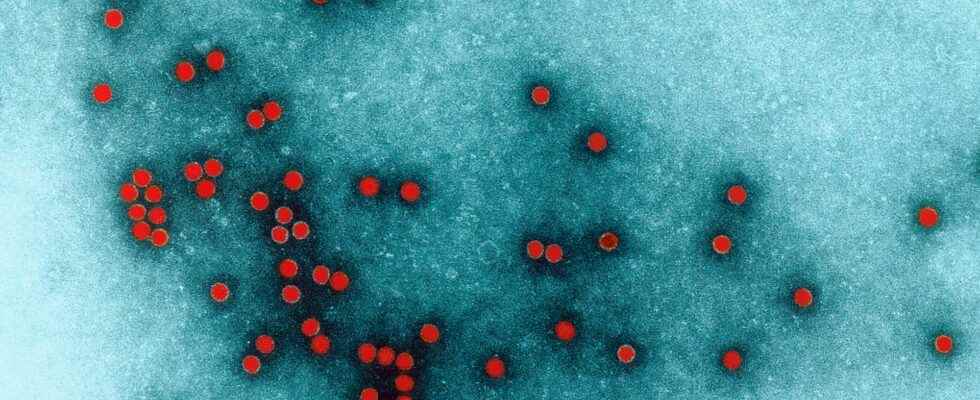After the detection of the poliomyelitis virus in London, it is the United States’ turn to face an identical situation. There, a case of paralytic poliomyelitis has been confirmed for hundreds of other people who may be infected. Why is this forgotten disease resurfacing?
You may also be interested
[EN VIDÉO] What are the differences between bacteria and viruses? They are microbes. They are very small and they are quite easily confused. However, bacteria and viruses are two very different things. And to fight effectively against those that cause disease, it is better to identify them clearly.
Following confirmation ofa case of poliomyelitis crippling disease in Rockland County (New York State) in the United States in June, federal health authorities increased surveillance of the virus of the poliomyelitis in the waste throughout the state. A few days ago, they announced that virions were identified in two distinct geographical areas in June and July: in Orange County and again in Rockland County.
The confirmed case involves a young adult, whose identity is unknown, who presented to a Rockland County hospital with a paralyzed leg. Doctors quickly confirmed the presence of the poliomyelitis virus in this unvaccinated patient. The person would have been infected because of two factors: his non-vaccination against poliomyelitis and his exposure to a strain of poliovirus.
Strains of polio circulating in sewage
Analyses phylogenetic of the strain isolated from this patient reveal that it is close to those used in the oral vaccine against poliomyelitis (OPV). OPV is a live vaccine attenuated, that is, it contains one or more active strains of the poliomyelitis virus, which are incapable of causing illness, but which generate robust immunity. A person who has been given OPV releases virions via feces that may remain in circulation in communities where the vaccination coverage against poliomyelitis is insufficient.
In circulation, the virus accumulates mutations that can make it again pathogenic and neurotoxic – it attacks the spinal cord. If an unvaccinated person comes into contact with such a strain, it can trigger the symptoms of poliomyelitis. This is, in all likelihood, what happened here. The health authorities specify that this case is not due to the vaccine. On the contrary, if the patient had received it, he would not have fallen ill.
OPV is no longer administered in the United States or Europe, but is still used in other countries around the world where it is effective in protecting children from this incurable and deadly disease at low cost. In the West, children are now vaccinated with IPV (inactivated polivaccine). There is no risk of circulation of the poliovirus with this one because it contains inactivated virions which have lost all infectious capacity.
The danger of poliomyelitis is present in New York today
The situation is taken very seriously in New York County: “ Coupled with the latest sewage findings, the Department is treating the single polio case as the tip of the iceberg of a much larger potential spread. As we learn more, what we know is clear: the danger of polio is present in New York today. We have to deal with this at this time by ensuring that adults, including pregnant women, and young children 2 months old are up to date with their vaccination – the safe protection against this debilitating virus that every New Yorker needs », they write in their press release. Health authorities estimate that for one confirmed case of paralytic poliomyelitis, several hundred people could be infected.
Interested in what you just read?
